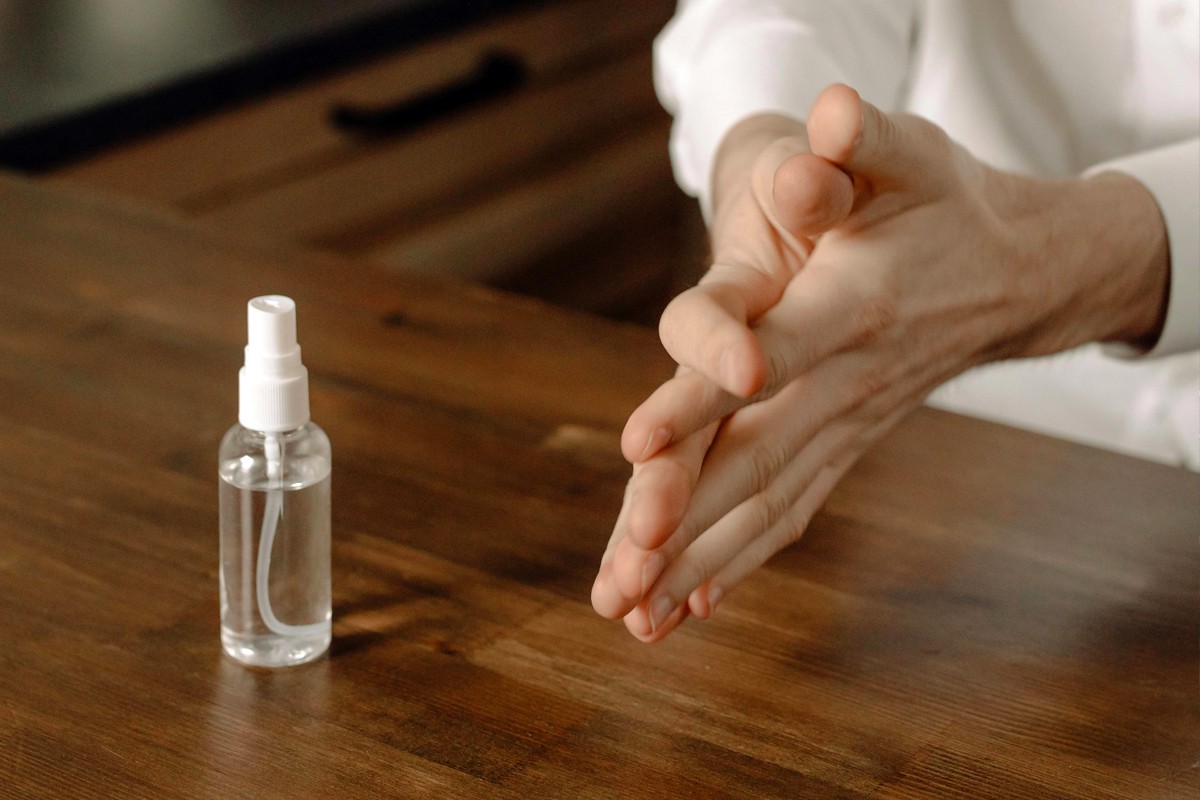IFH Launches Resource for International Infection Prevention Week

To mark International Infection Prevention Week, the International Scientific Forum on Home Hygiene (IFH) has released a new educational resource aimed at improving awareness around how infections spread in our everyday lives—and how we can stop them.
Titled "Breaking the Chain of Infection", the campaign reminds us that everyone has a role to play in preventing the transmission of harmful microbes—starting in the home.
From kitchens and bathrooms to schools, workplaces and hospitals, good hygiene is the frontline defence against infection and a crucial step in reducing the global reliance on antibiotics.
Understanding the Chain of Infection
Infections don’t just happen—they follow a predictable pathway known as the Chain of Infection. By breaking any link in this chain, we can effectively reduce the risk of disease transmission.
Here’s how the chain works:
1. Source of Germs
Germs originate from people, animals, and some foods. Contrary to common belief, germs don’t grow on surfaces like door handles or smartphones—but these objects can act as transfer points that spread microbes from one person to another.
2. Way Out
Germs exit their source via:
- Bodily fluids (e.g., sneezing, coughing, or other secretions)
- Food (e.g., juices from raw chicken carrying Campylobacter)
- Hands or cleaning tools that come into contact with contamination
3. Spread of Germs
To cause infection, germs must:
- Survive on surfaces or in the air long enough to find a new host
- Travel via hands, utensils, air droplets, or contaminated food
4. Way In
The most common routes of entry for germs include:
- Mouth
- Nose
- Eyes
- Broken skin
Some pathogens—such as norovirus and E. coli—need only a handful of particles to trigger infection.
5. Susceptible Person
While anyone can catch an infection, certain groups are more vulnerable:
- Older adults
- Babies and young children
- Pregnant women
- People with weakened immune systems or those recovering from illness
Stopping the cycle requires breaking any part of this chain—especially at high-risk touchpoints.
Why Infection Prevention Starts at Home
Many people associate infection control with hospitals, but our homes are a key battleground. By adopting targeted hygiene—cleaning where and when it matters most—we can help reduce the spread of illness in the wider community.
High-Risk Areas: Hands & Food Prep Zones
Germs spread rapidly via the hands, kitchen sponges, cloths, and raw food surfaces. Focused hygiene practices in these zones can significantly reduce transmission.
Tips:
- Wash hands frequently with soap and warm water
- Disinfect countertops and cutting boards after raw food preparation
- Replace or sanitise sponges and dishcloths regularly
Examples of high-risk surfaces:
- Door handles
- Kitchen taps and countertops
- TV remotes
- Phones and computer keyboards
Low-Risk Areas: Floors & Soft Furnishings
These areas are less likely to spread infection, so routine cleaning (e.g., vacuuming or damp dusting) is usually sufficient.
Tips:
- Clean with warm water and mild detergent
- Let surfaces dry thoroughly
- Consider steam-cleaning carpets or upholstery periodically
Examples of low-risk areas:
- Carpets and rugs
- Sofas and chairs
- Curtains
- Walls and floors
Fighting Antimicrobial Resistance Through Hygiene
The World Health Organization (WHO) and United Nations have both raised urgent concerns about antimicrobial resistance (AMR)—a growing global health threat.
By preventing infections in the first place, we reduce the need for antibiotics, helping to slow the development of resistant bacteria.
Explore the IFH Learning Resource
The IFH’s new resource provides a clear, accessible framework for understanding how infections spread—and how you can break the chain.
Visit the IFH website to access the full guide: IFH Infection Prevention Resource – Break the Chain of Infection
What Next?
🔗 Follow us on Social Media, here is our LINK TREE
✉️ See how our additive technology can benefit your business by CONTACTING US
🦠 Find out more about Biomaster Antimicrobial Technology HERE
🎥 Watch our video on how Biomaster works WATCH NOW
📰 Subscribe to our Newsletter - SUBSCRIBE
← Back to blog



